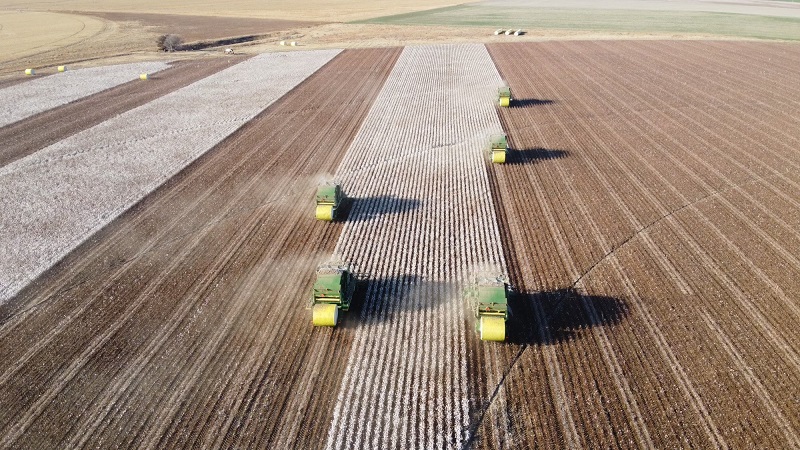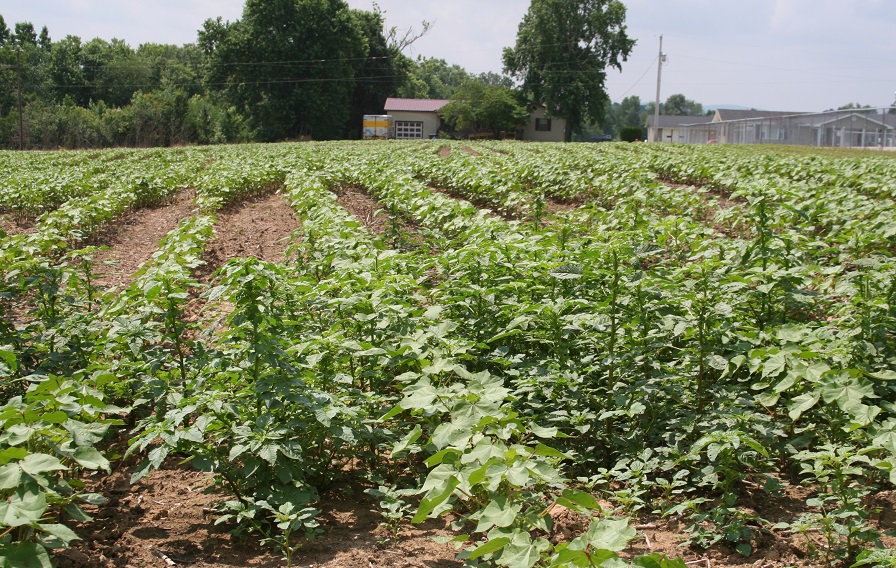USDA Revises Global Stocks Upward
It’s not easy to overlook 3 million bales of cotton, but that appears to be what happened in prior USDA cotton stock estimates. The USDA’s April supply and demand report sent the market lower when it made major historical revisions in its database for India. In total, USDA “found” almost 3.5 million bales of Indian cotton it had previously not included (the revisions were from 2009 forward). That 4 million bale increase in world ending stocks took the total up to 66.1 million bales for the 2011-12 marketing year.
That figure represents nearly 60% of estimated consumption for 2012/13. The markets reacted predictably, when an attempt to move higher and regain losses was met with profit taking. The result: December moved about 250 points lower for the week, basis the Thursday to Thursday closes. While fundamentals appear to be very bearish, both the technical picture and psychological factors favor the market holding its 85-cent support level. In addition, one fundamental remains strongly in the long term bull camp: the cotton/oilseed and cotton/corn price ratios remain very favorable. However, this is a long-term fundamental.
Chinese acreage is projected to be 16% lower in 2012 than it was the year before. This projection was circulated six weeks ago but it found little traction in the market. Reports are now circulating that the Chinese have estimated their 2012 production to be no more than 29 million bales, after producing 34 million bales last year and 37 million in both 2007 and 2008. India’s planted area should remain firm, as opposed to the 10% to 15% cuts expected in many other major producing countries). Meanwhile, U.S. planting estimates have “shrunk” virtually every week since growers’ intentions of 13.2 million acres were revealed on March 1. This week’s market activity only served to reinforce the decision of Midsouth and Eastern growers to switch from cotton. We expect U.S 2012 plantings to fall to 12.8 million acres, 400,000 less than the total listed in the March Intentions Report.
While the record world carryover will continue to plague the cotton market, cotton is far too inexpensive to maintain any production infrastructure below the 80-85 level. Furthermore, West Texas is on pace to remain just as dry as it was last year. Long-range weather forecasters (and let’s hope they are incorrect) are suggesting – not predicting – that West Texas may be in the beginning stages of five-year or longer drought cycle.
Oilseed and corn will continue to support cotton prices because all the crops compete for the same acreage. Obviously, the world demand for food grains, feed grains and vegetable oil is taxing traditional agriculture’s ability to meet demand. Technology, in the form of higher-yielding genetics, will continue to be the life support system needed to feed a very hungry world. Price ratios favor field crops other than cotton at present, but that only encourages higher cotton prices during the late stages of the 2012-13 marketing season. For the 2012 crop year, cotton growers likely will have to be content with New York ICE cotton futures trading in the 85-95 cent range.








